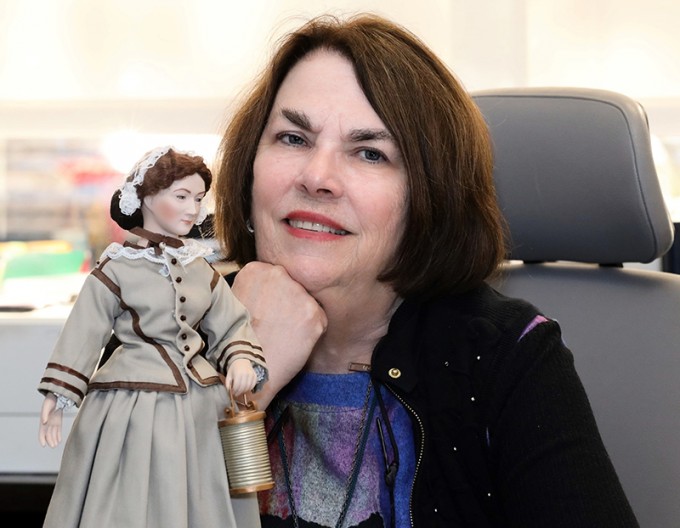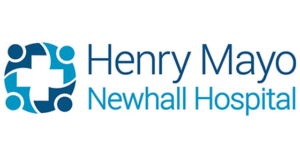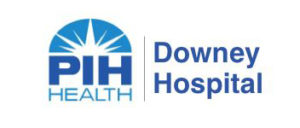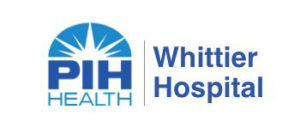CNO Roundtable 2020
Staffing Challenges and the Silver Wave
Q: What is shaping up to be your biggest nurse staffing challenge of the new decade?

Robyn M. Nelson, RN, Ph.D., MSN
(pictured above)
Dean, College of Nursing
West Coast University
Nurse staffing challenges will increase if academia is unable to prepare sufficient new graduate RNs. There’s no shortage of applicants: According to the American Association of Colleges of Nursing, baccalaureate and graduate nursing programs turned away more than 75,000 qualified applicants in the 2018–19 school year. Unfortunately, there are many factors limiting nursing school capacity, including insufficient faculty and clinical sites that are already popping at the seams with students.
Schools will need to consider what creative strategies could be used to fill faculty vacancies (there is a significant disparity between the salaries of RNs in service and those in academia), but the clinical site situation could be improved if the BRN would approve the use of simulation for up to 50 percent of clinical practice time (which would NOT impact clinical competency!).
Lack of preceptors is also a concern. A clinical preceptor is a valuable mentor to the nursing student. Service and academia need to look at why there are insufficient preceptors and what can be done to change that. There are many possibilities: reward and recognition for RNs who assume the preceptor role; courtesy titles from academia; or even requiring RNs to serve as preceptors as part of their annual performance review. It’s all about math: More preceptors means more graduates, which means more staff. Source: Lippincott Recruiting and Retaining New Grads
Denise Robinson, RN, DNP, MPH, WOCN
Chief Nursing Officer
Loma Linda University Medical Center
One of the many challenges we face is the growth we’ve seen in our patient population, which will certainly increase further as we move into our new hospital and attract new patients. California patients are challenging, so maintaining the level of care we provide as our volume increases is key.
Irena Zuanic, RN, MSN, NEA-BC
Vice President / Chief Nursing Officer
PIH Health Good Samaritan Hospital













